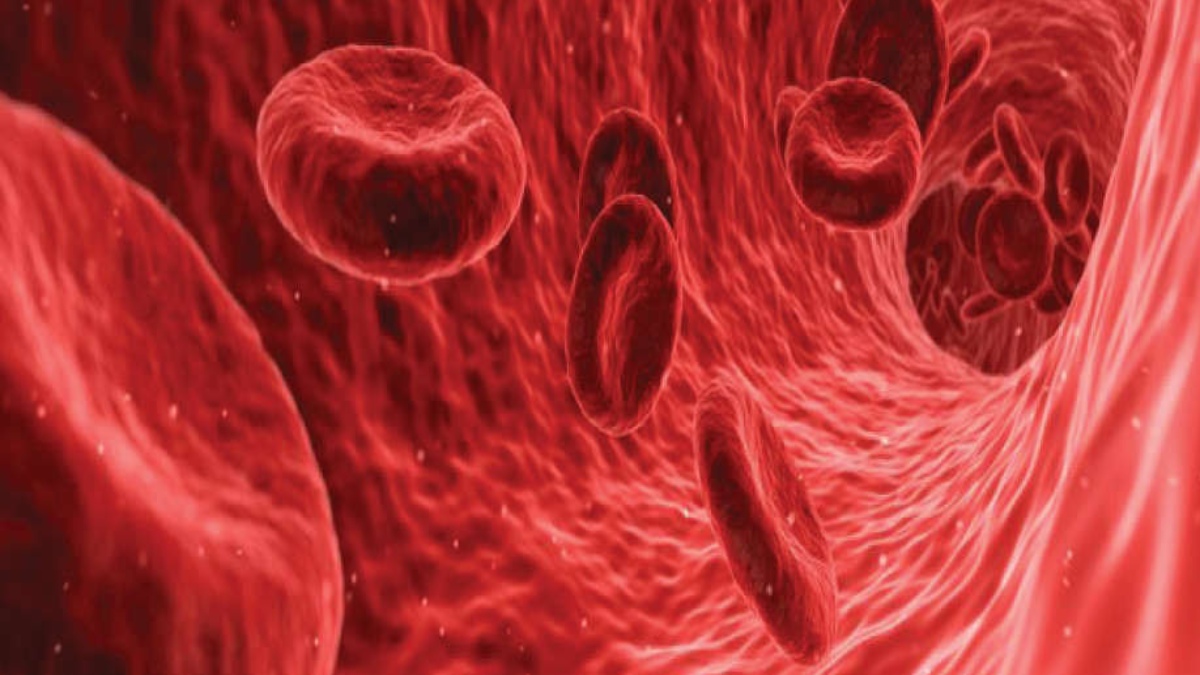


Patients with acute kidney injury who receive continuous renal replacement therapy (CRRT), a common dialysis method, have a high incidence of needing this dialysis method reinstituted after having it removed. This contributes to poor 90-day outcomes, according to recent research led by an international team of scientists.
The study was published in the journal Mayo Clinic Proceedings. Though CRRT is a common dialysis method for critically ill patients with acute kidney injury, little research has been performed to determine at what point in kidney function recovery the patient should be “liberated” from CRRT.
This study, by researchers at Mayo Clinic and Zhongnan Hospital of Wuhan University in China, is believed to be the first to investigate outcomes for patients with acute kidney injury who were not successfully liberated from CRRT.
The retrospective cohort study examined the records of 1,135 patients with acute kidney injury who were treated with CRRT at Mayo Clinic in Rochester between January 2007 and May 2018. Of those patients, 20 per cent were successfully liberated from CRRT. In 39 per cent of patients, CRRT had to be reinstituted within 72 hours, and 41 per cent of these patients died.
Successful CRRT liberation was marginally associated with fewer major adverse kidney events and improved kidney recovery at the time of 90-day follow-up, though the causal relationships could not be established.
“In current clinical practice, CRRT liberation is typically based on physicians’ personal experience because there has been only limited and inconsistent research available,” says Kianoush Kashani, M.D., a nephrology intensivist at Mayo Clinic and the study’s senior author.
Kianoush added, “Our study demonstrated a high occurrence of CRRT liberation failure, as well as poor 90-day outcomes. Thus, there is a critical need for identifying preventive measures to avoid the need for CRRT or interventions that lead to early liberation from CRRT among critically ill patients with advanced acute kidney injury.”
Acute kidney injury is a common complication for patients in ICUs. As many as 57 per cent of ICU patients have acute kidney injury. Dialysis is used to treat about 13 per cent of those patients, and this treatment is associated with 60 per cent mortality, according to research.
“There are limited data and little consensus on how and when to liberate patients from CRRT properly, the high rate of liberation failure observed in our study may reflect variations in clinical practices. Development of consistent approaches that can guide decision-making on when to remove CRRT should be a top priority of future research,” he added.
CRRT is frequently used as a dialysis mode for critically ill patients because it provides continuous control of fluid status during treatment and doesn’t interfere with the body’s normal blood flow while achieving uremic control.
But recent studies have found that prolonged CRRT may lead to adverse events and impede kidney function recovery, while premature CRRT liberation also can lead to complications.
Other dialysis options are associated with even lower changes in kidney recovery, says Dr. Kashani, the study’s senior author. The study clearly indicates that CRRT liberation, when successful, can be associated with improved clinical outcomes for critically ill patients and lower costs of care, he says.